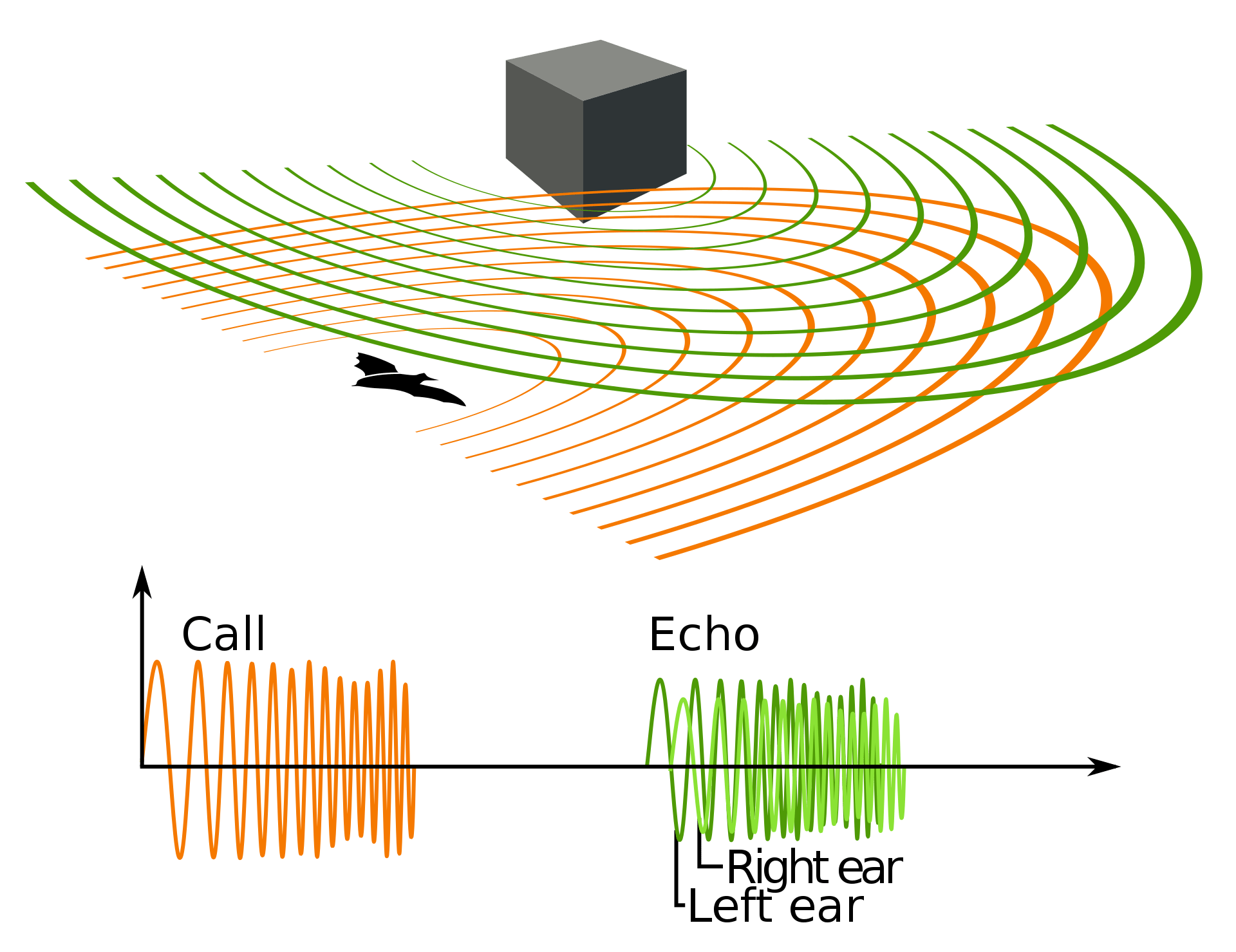Michigan Bat Information
There are many types of bats in Michigan and the North Eastern part of the United States, but the big and little brown bat are the most likely to end up in attic spaces. The brown bat is one of the most common bats found in buildings and residential homes. These bats will consume nearly 3 times their body weight in insects per night.
Bats are actually mammals just like you and I, in fact they are the only flying mammal in existence. Bats can fit through an opening as small as a 1/2 in. They have a vertebrate, but there body is made up of primarily cartilage. What appear to be wings are actually there hands with webbing in between there fingers. When bats enter your home or attic they do not fly right through a small opening like a bird, they actually have to land first on a landing pad usually a 90 or 45 degree surface and crawl in.
Echolocation
Most bats, when in flight aren’t seeing where they are flying because they move by high-frequency sound waves. This helps them find food and avoid oncoming structures. The technique is called echolocation. These sounds can not be heard by humans. Bats do give out noise that indicates they are nearby or possibly in your home or attic. You will hear scratching, crawling under insulation, or flying throughout your attic. Also, you will often hear a chirping sound which is distinct from any other animal noise. Once in your attic and walls bats will leave excrement, otherwise known as bat guano. When there is a build up of bat guano there will be quite a smell, one you will never forget! This guano can also contain bacteria and fungi which can be harmful to the human respiratory system if becoming airborne.

Although bats can cause damage to your home and health they can also provide many benefits to our environment. Bats control the insect population and prevent the spread of West Nile Disease. For more information on bats, visit batcon.org.

